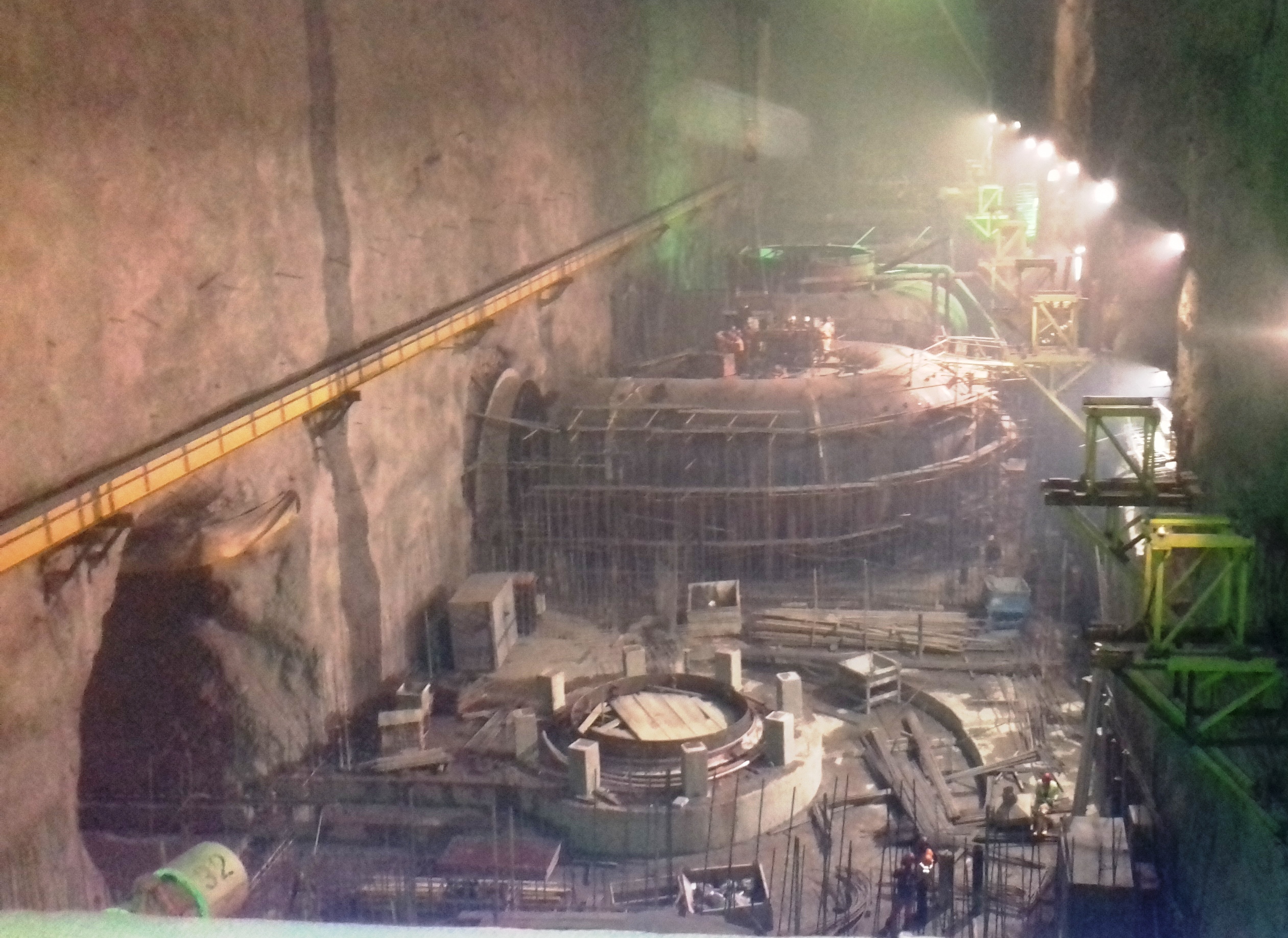Analysis
Work on Karuma Hydro Power dam under construction.
“If this situation continues, then, local companies which produce goods that are at the same time imported into the country from China, Egypt and South Africa, among others, cheaply; then we are likely to become un-competitive and possibly forced to shut down”
“It is unacceptable that while we are making plans to build manufacturing industries and ensure more citizens have access to electricity-someone else uses his position to increase power tariffs”
Uganda’s weekly magazine, The Independent, of January 31 2017, questions: “Can Uganda Survive with the Highest Electricity Prices in East Africa?”
The magazine, which is published by a renowned Uganda political commentator, Mr. Andrew Mwenda, questions the motive of government after it (government) increased consumer prices of electricity. The hike means current tariff structure could end up killing industries.
For domestic consumers, it was increased from shs.518.6 per KWH in 2014 to shs.635.2 per month for every 15 units of electricity. This is 28% (percent) increase.
For commercial consumers, tariff has been increased by 20% (percent) to shs.570.6 while medium and large industrial consumers increased from shs.450.1 to shs.526.7; and from shs.308.5 to shs.355.8 respectively.
The reason for this hike, according to government, is the depreciation of the Uganda shillings against the US dollars.
The shillings depreciated from shs.3375.45 in September 2016 to shs.3630.72 in December 2016. This is 11% while operational costs for most businesses in Uganda increased between 20% (percent) and 35% (percent).
“If this situation continues, then, local companies which produce goods that are at the same time imported into the country from China, Egypt and South Africa, among others, cheaply; then we are likely to become un-competitive and possibly forced to shut down”, says Mr. Martin Kyeyune, the economic Advisor at Roofings Group-Uganda.
According to Mr. Vianney Mutyaba of The Electricity Regulatory Authority (ERA), tariffs approved by ERA are always set to ensure that they are not “very low” to cause disincentive for the electricity generation and not “too high” to hurt consumers.
President Yoweri Museveni has always said that government technocrats, who negotiate on behalf of government, for the construction of various infrastructures are always corrupt and tend to inflate costs, which are eventually passed onto consumers.
He singles out the $1.1 million Bujagali Power Dam, which was built by Aga Khan Development Network together with most road constructions, which had been badly negotiated by technocrats because of corruption. It will take up to fifteen years for Aga Khan to recoup his investment and make profit.
At US 11 cents for every unit of electricity consumed, the cost of electricity generated from Bujagali Power Dam is probably the most expensive in the whole of Africa and world at large. This makes it unaffordable for many Ugandans. 80% (percent) of Ugandans are not in the National Grid.
President John Magufuli of Tanzania is quoted by the media to have recently sacked the head of Tanzania Electricity Supply Company (TANESCO) who had unilaterally increased electricity consumer price in Tanzania.
“It is unacceptable that while we are making plans to build manufacturing industries and ensure more citizens have access to electricity-someone else uses his position to increase power tariffs”, Mr. Magufuli is quoted to have said.
With Uganda’s GDP growth of around 6% during the past two decades (2010: 6.2%; 2011: 5.0%; 2012: 4.7%; 2013:6.5%)[, electricity demand has been growing at an average of 10% per annum and in the past years this led to occasional load shedding since the supply did not increase proportionally.
There are three major electricity generation dams in Uganda: Kiira Dam (200MW), Nalubaale Dam (180 MW) and Bujagali Dam (250).
Two more dams, Karuma Hydro Power Project (600 MW) and Isimba Hydro Power Project (183MW) are under construction.
The $2.2 billion dollar Karuma Dam is being constructed with funding from Export and Import (EXIM) bank of China. A Chinese firm, Sinohydro Deng Changai, is expected to complete constructing the dam in December 2018.
According to Mr. Simon Peter Kasyate, the Manager, Corporate Affairs, the power from Karuma will be at US 4 cents; making it affordable to most consumers besides Nalubaale dam which charges only US 2 cents.
Being in position 151 out of 176 countries in the world in corruption, will President Yoweri Museveni not dip his hands in the “oil revenue”, which is expected to be used to pay these loans used for constructing the dams, and divert it to finance his life-presidency project?












